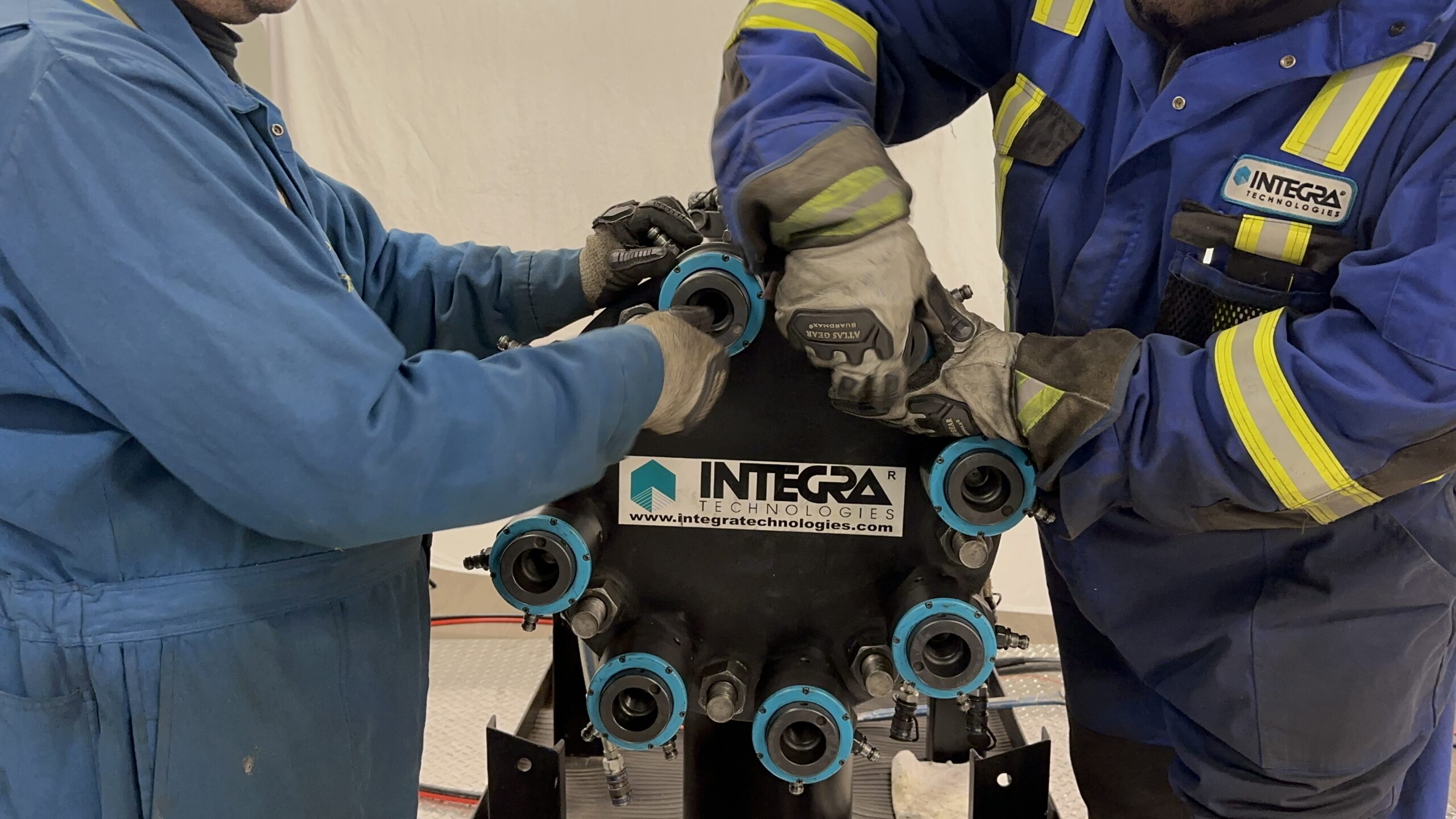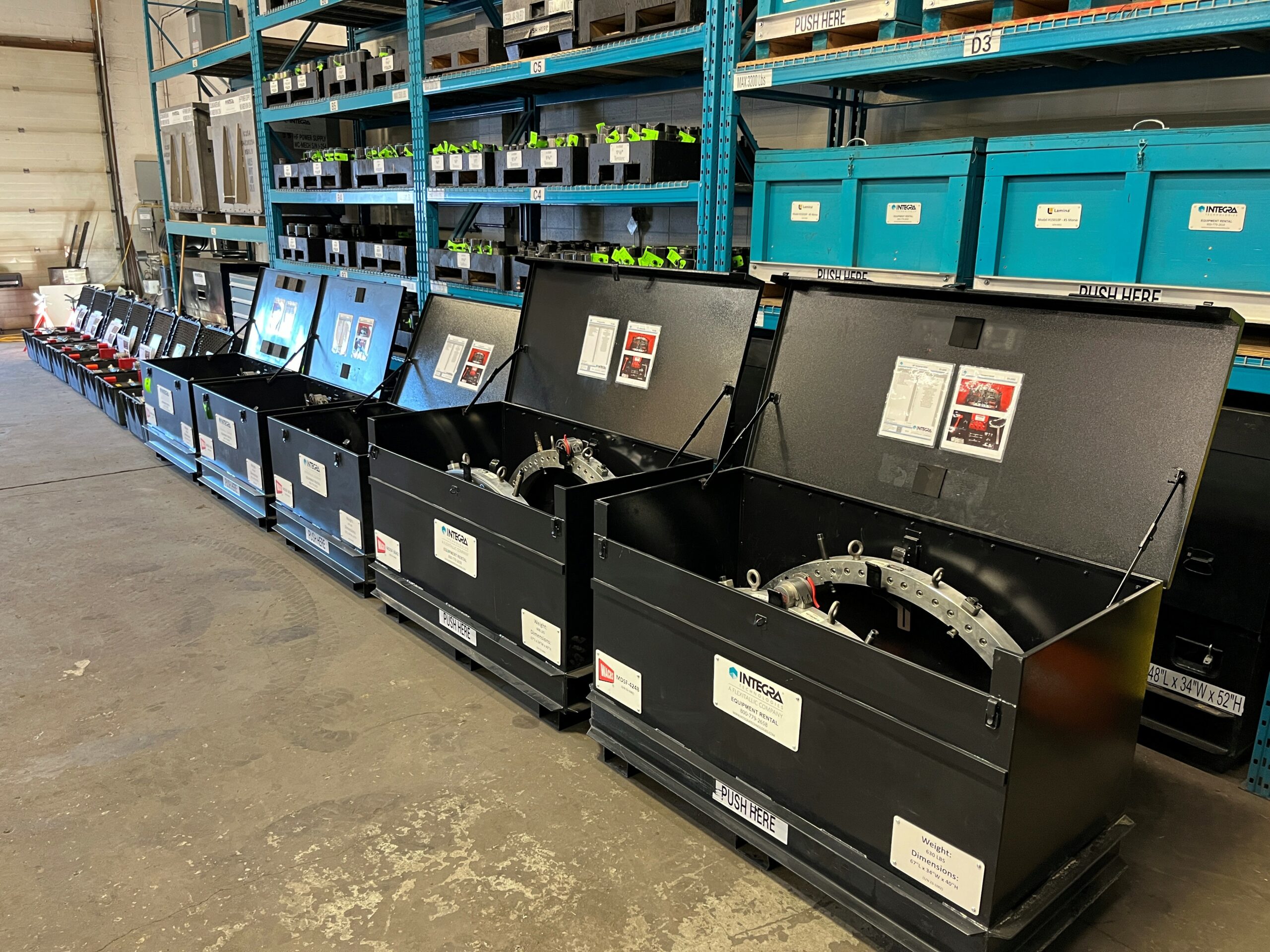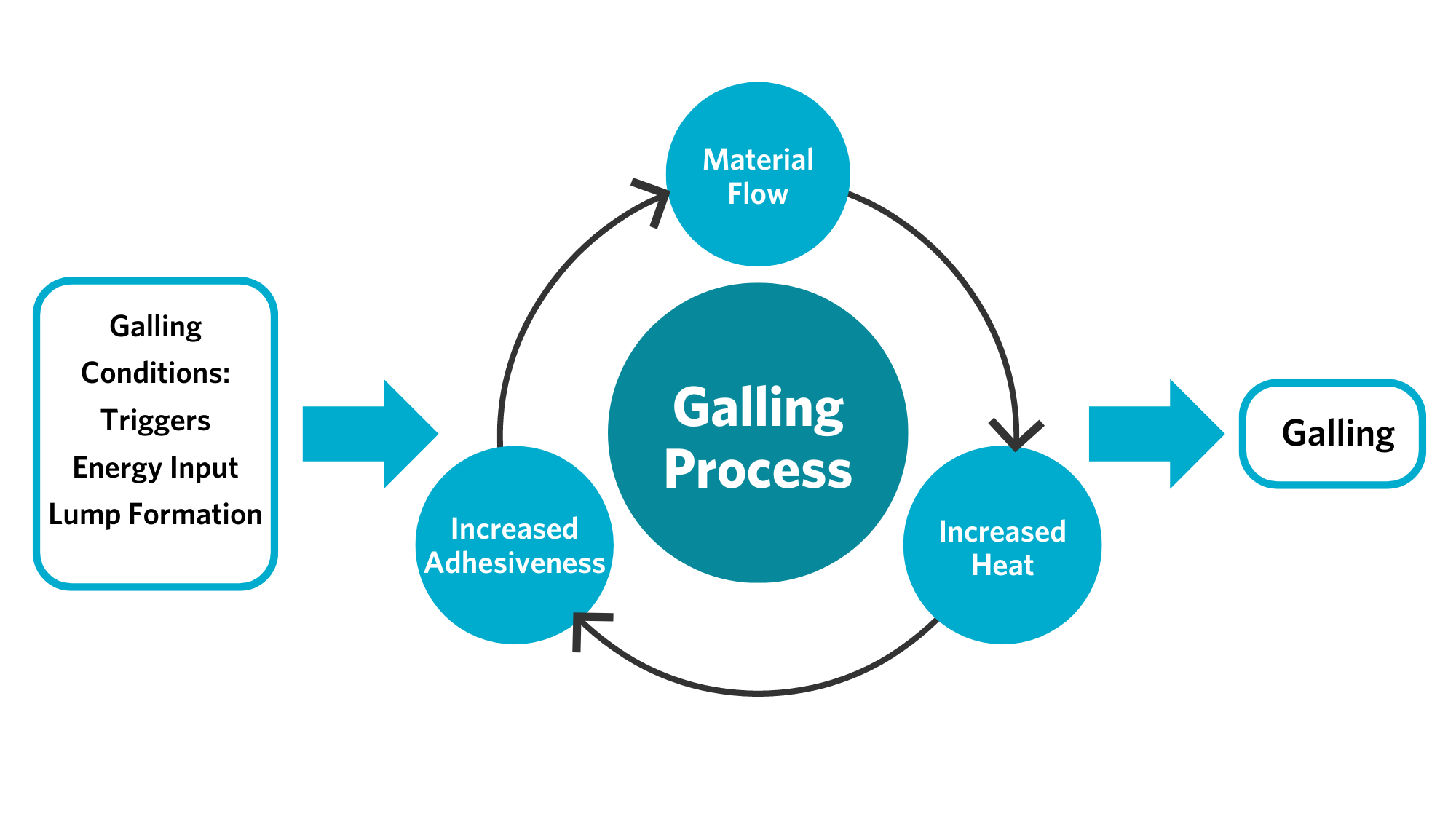Leak-Free Assemblies: Control the Process Part III
In case you missed it, here are Part I and Part II of our Control the Process series.
Many factors can cause your process to break down, reducing your ability to prevent leaks. Our experts have identified some more common factors that inhibit a well-controlled flange assembly process.
- Lack of training/expertise
-
Plant operators can only perform to the best of their training and ability. If a worker does not have the necessary skills to determine metallurgy, ensure adequate flange alignment, or any of the other necessary factors in the bolted joint assembly process, they will not be able to adequately perform these tasks. In these instances, additional training and/or supervision is necessary to ensure that the bolting process is controlled at each step.
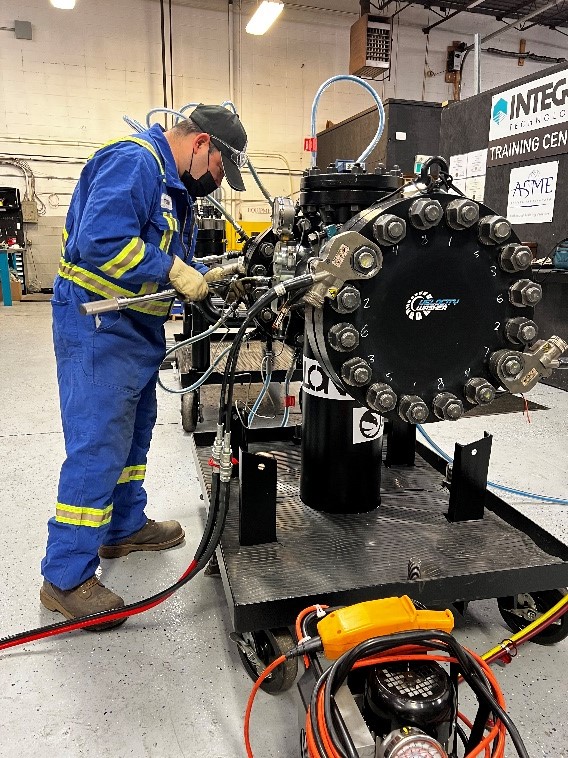
-
INTEGRA’s Training Facility
- Lack of process control, documentation, or quality control requirements
- Work sites that do not require process control, documentation, or quality control are more likely to see flaws in the process. As such, they are more likely to experience dangerous leaks. Establishing clear expectations for process, documentation, and quality control is a necessary first step in ensuring that the bolting process is controlled. Providing workers with the tools necessary to meet these demands is just as important.
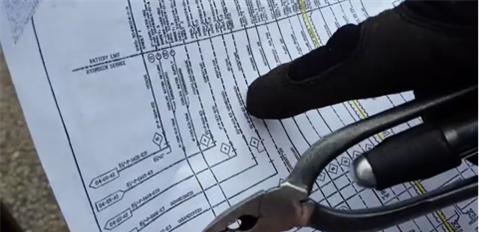 Documentation
Documentation
- Lack of appropriately maintained tooling onsite
- Workers might be trained in and expected to use appropriate tools to control the bolting process, but this will not be sufficient if those tools are not properly maintained. All necessary tools must be available when they are required, and they must be maintained to ensure that they work when they are needed.
- Use of general contractors who lack a focus on joint integrity
- General contractors who do not focus on joint integrity rarely have the expertise necessary to ensure a controlled flange bolting process. While they might control the more common causes of leaks, they are more likely to overlook less well-known but just as significant factors, thus failing to prevent all leaks.
Common Sources of Leaks
While any of the factors listed in this article can and do cause leaks, some culprits are more common than others. Our leak experts have shared the problems they tend to look for first when helping customers address leaks. It is important to note, however, that this section is not comprehensive, and many other factors should also be considered. Furthermore, flange leaks can be caused by multiple factors at once. If one of these factors is found to be contributing to a leak, examination of the flange should not stop. Since is possible other factors have also contributed to the problem, completion of the entire Flange Seal Process is necessary to fully address the leak.
Low Temperature Leaks
When leaks are detected in low temperature conditions, our experts often first check bolt loads and flange conditions. Uneven or insufficient bolt loads will fail to contain the fluid passing through the flange, resulting in leaks at any temperature. Similarly, a damaged flange face can also lead to leaks and can be easy to overlook during maintenance and assembly as they are often difficult to see given their orientation to the operator.
High Temperature Leaks
When addressing high temperature leaks, our experts still check bolt load and flange conditions, as these can also cause leaks at high temperatures. As stated previously, if either of these factors is insufficient to a small degree, a bolted joint assembly might perform well enough during a hydrotest at ambient temperature but fail under operating temperatures when materials relax. If bolt load and flange surface checks do not explain the leak, our experts might then check for gasket and bolt selection problems. These problems also might only appear after a system reaches operating temperatures or operates through cycling high and low temperatures over time.
How can INTEGRA help?
At INTEGRA, we ensure a cleaner and safer world by detecting and preventing leaks. This is what we do every day, and we use the process outlined here to help us in that effort. We can help you do the same through our services, products, and training opportunities.
If you’re experiencing leaks, our service experts can help you determine their location using tools such as LeakSeek™ and Leak Detection and Repair (LDAR). They can assist your team in preventing leaks before they happen by utilizing tools such as FlangeTrak®, as well as providing expert supervision during turnaround and assembly to ensure an adequate leak control process was used on each flange.
Our ECHO™ Precision Bolt Load Monitoring, Bolt Torquing, and Hydraulic Bolt Tensioning services can ensure you achieve accurate and even bolt load on all your critical flanges.
 100% Bolt Tensioning
100% Bolt Tensioning
If you prefer your team achieve these goals independently, INTEGRA offers our TALON™ Auto-Retract Tensioners (ART) along with best-in-class training to help your workers achieve appropriate bolt load.
And for team members who need more training in the bolted flange assembly process, we offer the ASME Bolting Specialist Qualification Program to provide your workers with the skills they need to control your bolting process at every step.
Eliminate leaks to create a cleaner, safer world. INTEGRA can help. Find out how.
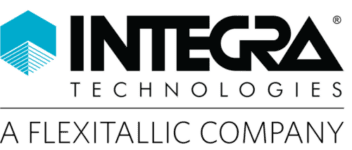
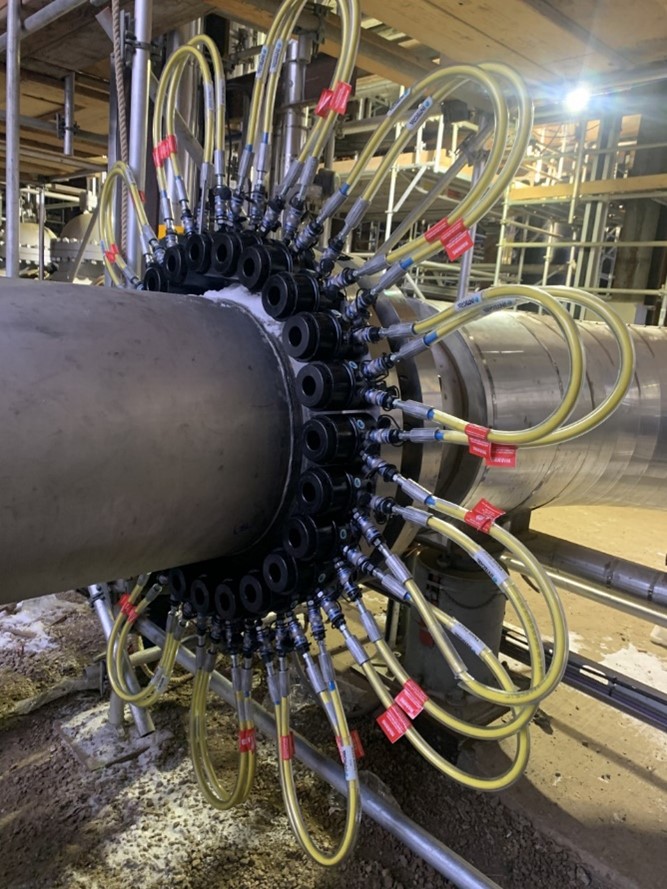 100% Bolt Tensioning
100% Bolt Tensioning